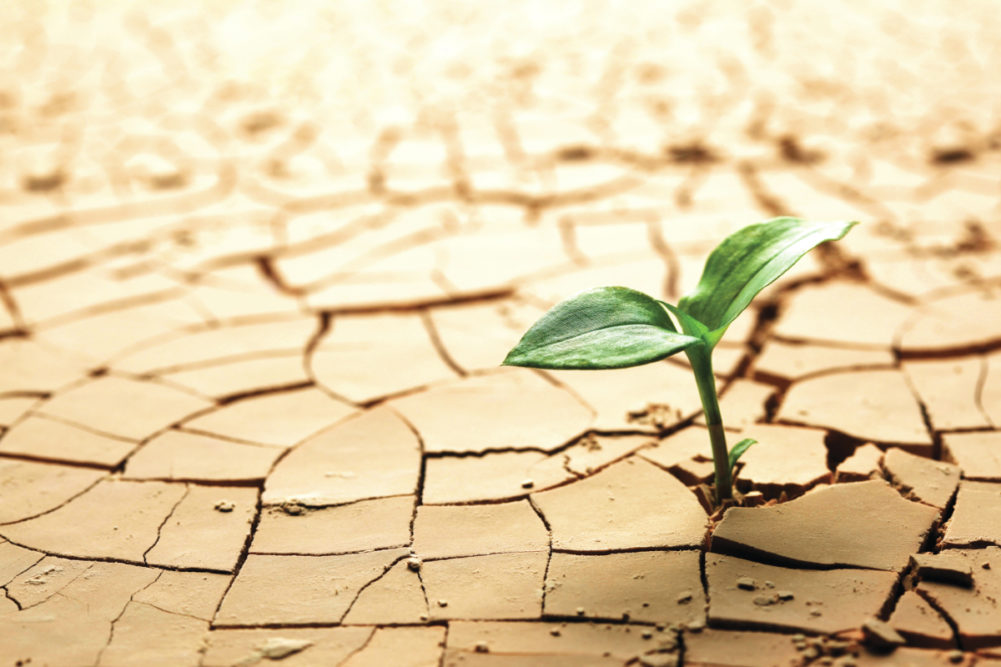TAIPEI, TAIWAN — A serious water shortage since late 2020 has forced Taiwan to stop irrigating cropland, a move that will hurt rice production, according to a report from the Foreign Agricultural Service of the US Department of Agriculture (USDA).
With 46% of the rice planting area left fallow for the first 2021 crop, the USDA said production will be significantly impacted. In 2020, first crop rice production reached 1.1 million tonnes.
For the first time in 56 years, no typhoons passed through Taiwan to replenish its reserves. Reservoir levels fell to below 20%. To conserve water, the nation stopped irrigating 74,000 hectares of 2021 first rice crop, about 24% of the total planted area.
In 2020, irrigation was halted for 19,000 hectares, including 13,000 hectares of second rice crop and 6,000 hectares of corn, soybean, buckwheat, forage grass, sweet potatoes, peanuts, and leafy vegetables.
Average annual agricultural water consumption has been 12.3 billion tonnes over the past 10 years, accounting for 72% of total water consumption.
Total irrigation water consumption averages 11.3 billion tonnes, with 10% coming from reservoirs, 66% from rivers, 20% from weirs, and 4% from groundwater.
A safety stock of no less than three months of rice consumption is required (300,000 tonnes). As of mid-May, Taiwan had 750,000 tonnes of rice in stock, which is enough supply for 7.5 months.
“Although reduced, the remaining 2021 first rice crop will be harvested soon,” the USDA said. “Therefore, even a reduced first crop should leave Taiwan well over its stated food security goal for rice stocks.”




